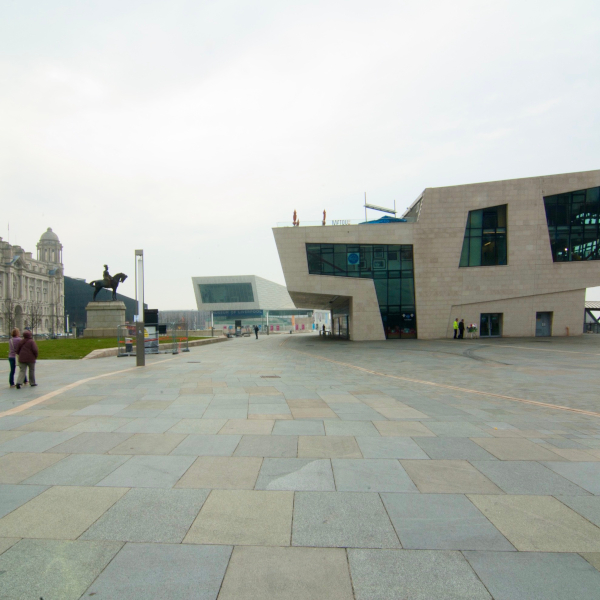“It is generally realized from personal experience that these irregularities do not have an unpleasant effect at all, but on the contrary, they enhance naturalness, they stimulate our interest, and, above all, they augment the picturesque quality of the tableau.”
– Camillo Sitte (1889)
One of the best known …











